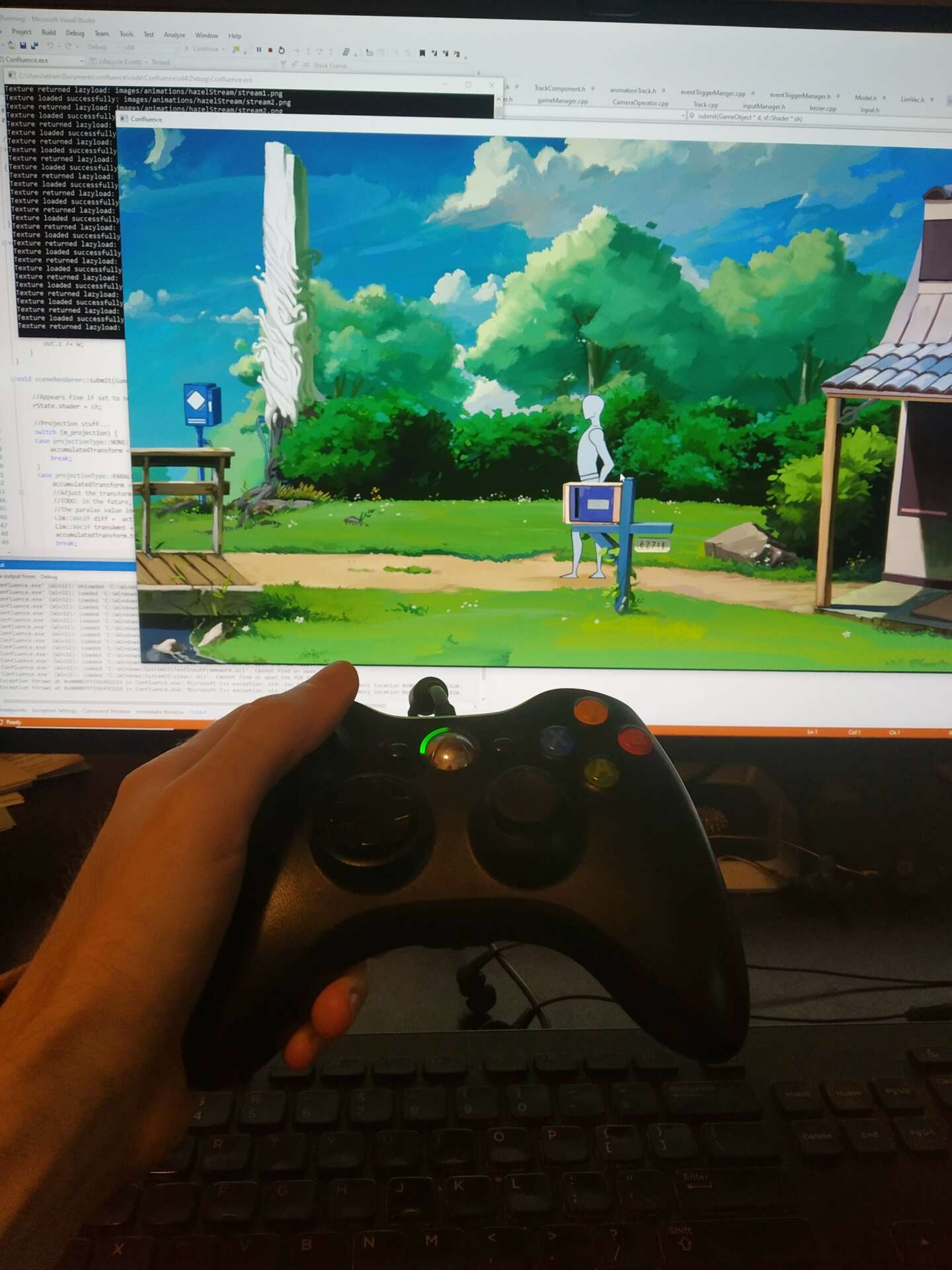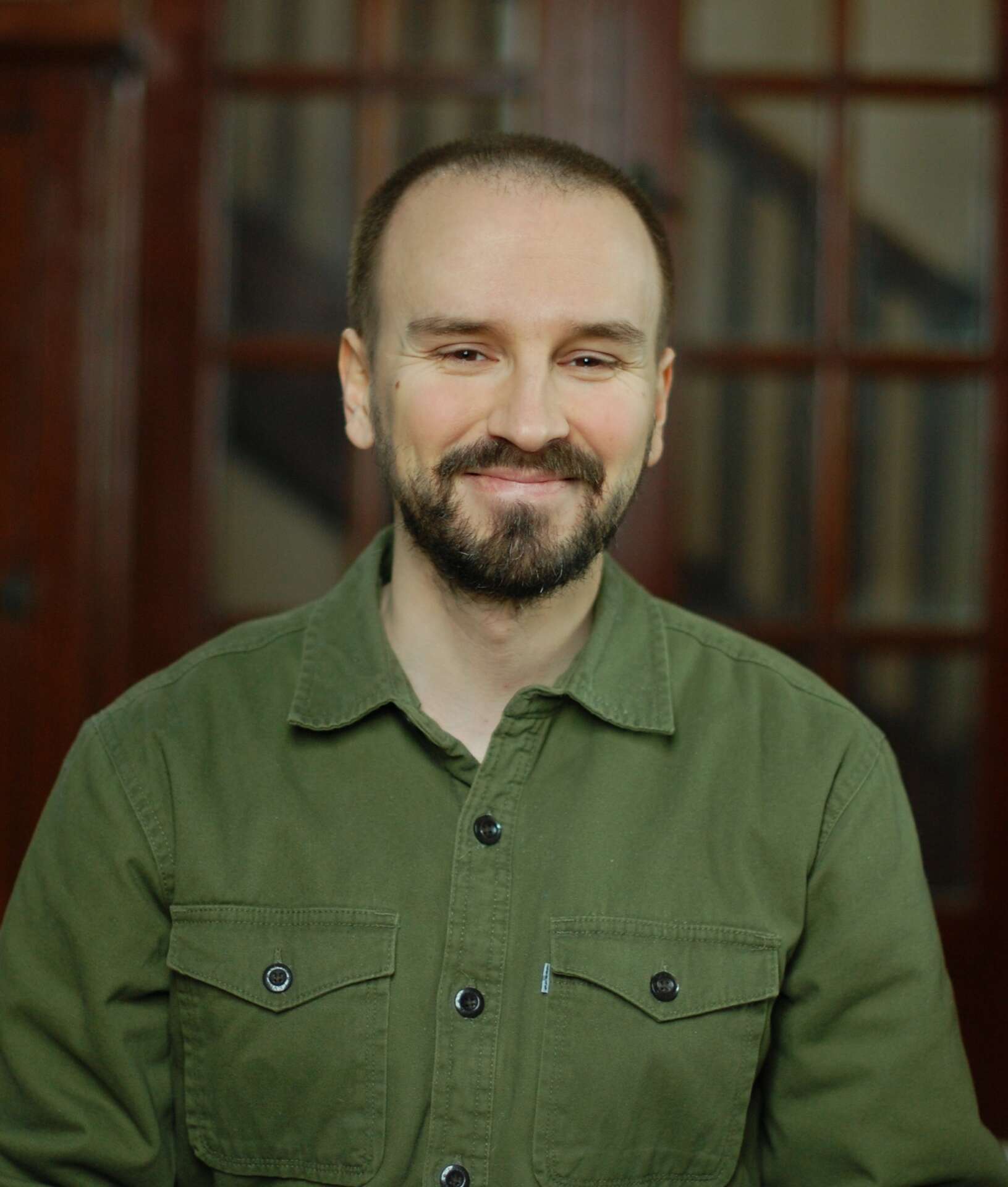We’re excited to introduce you to the always interesting and insightful Ethan Calabria. We hope you’ll enjoy our conversation with Ethan below.
Ethan, looking forward to hearing all of your stories today. Can you talk to us about how you learned to do what you do?
Generally speaking, I’ve always been my own biggest obstacle in my creative growth. When I was younger, I was very concerned with producing something ‘impressive’ so that other people would take me seriously. Learning a new skill always makes you feel like an *d**t. Being okay with feeling uncomfortable has allowed me to learn the skills I need from friends, online resources and from failures as I go about my work.


Ethan, love having you share your insights with us. Before we ask you more questions, maybe you can take a moment to introduce yourself to our readers who might have missed our earlier conversations?
Hello! My name is Ethan Calabria, I’m an artist and programmer. I work primarily with 2d art and animation, but integrate some 3d into my process. On the programming side, I write tools for integrating art into games (such as tools for animation, deformation, physics interactions and interactive gameplay).
In animation, I’ve been fortunate to work with Netflix, and a number of smaller studios as a background artist, and an fx animator. Each project is different, but working to solve creative problems with the resources available is a challenge I enjoy.
Working for individual clients, I always focus on communicating the client’s ideas, and help them explore what they want to say. Many people aren’t clear about what they want to say, so it can be very rewarding to help people clarify their message and share that with their customers.


Is there something you think non-creatives will struggle to understand about your journey as a creative? Maybe you can provide some insight – you never know who might benefit from the enlightenment.
Often, people mistake being creative for a purely additive process. If ‘creation’ is what we do, why not add everything you can, right? If you think of creativity as a form of communication, you can see that the absence of something is also important.
For example, consider a scene of a young couple getting married. They exchange rings and kiss passionately. They smile and leave the ceremony, followed by the happy cheers of their friends and family.
As the scene changes, the cheers from the wedding fade into the chatter of a bar. We see the husband there alone with a drink. He smiles broadly as he pokes at the new ring on his finger.
How do you feel about this sequence? Now, make a change to the scene in your mind. Imagine that the husband is poking at his ring finger, but the ring is absent. This paints a very different picture, doesn’t it?
This is an obvious example, but it takes time and thought to remove elements that subtly send the wrong message. This work never shows up in the final piece, but is very important.
Often, these elements have already been designed and added to the artwork, only to be removed later. This is the hardest work to do, as popularized by the phrase ‘Kill your darlings.’
In your view, what can society to do to best support artists, creatives and a thriving creative ecosystem?
The market incentives dictate the type of media that’s created. For my personal taste, a lot of the most impressive work was created when the incentive was to make something the audience would buy. Because the incentives now are ‘what will people stream? or ‘what will people like on social media?” the work produced is reflects that in general.
Ultimately, if people buy the work of artists they like, and support business models they like, things will be good.
Contact Info:
- Website: ethancalabria.com


